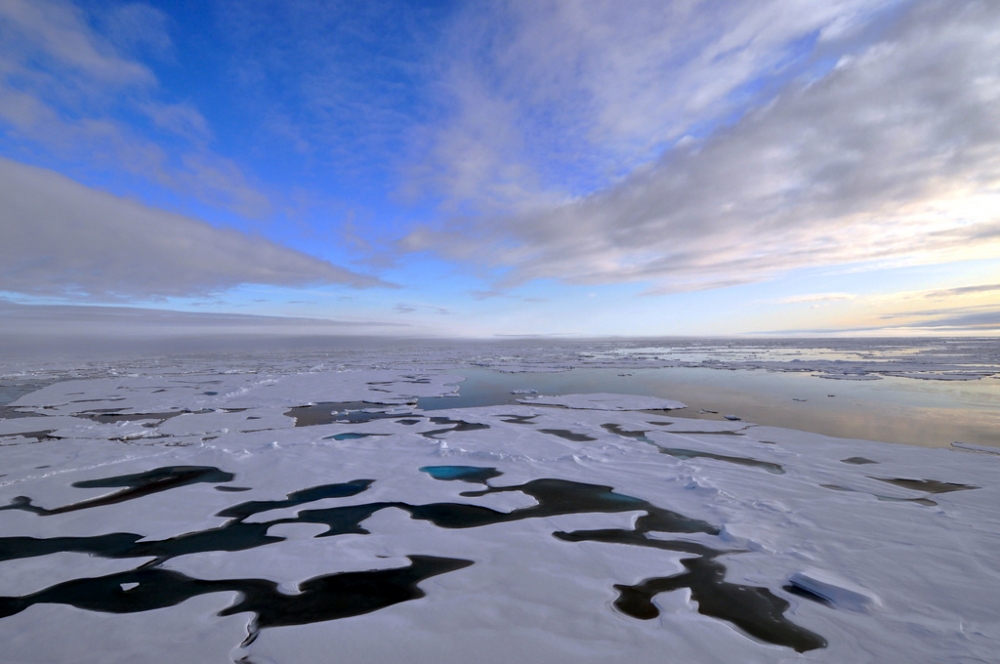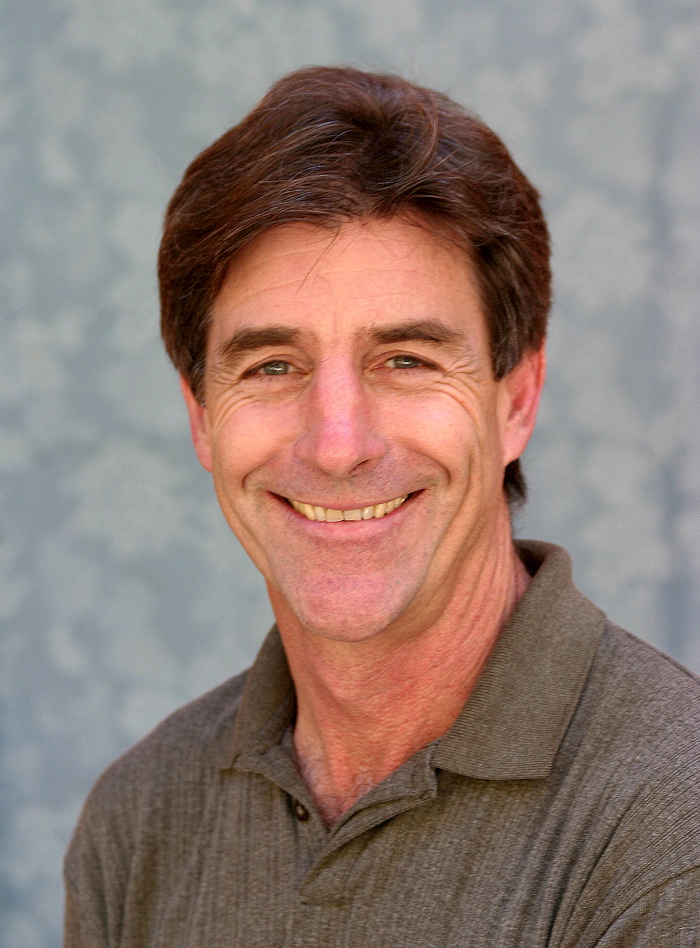
NCEAS Team Leads International Workshop on Ship Safety in the Arctic


As ice cover in the Arctic Ocean diminishes, the anticipation of increased shipping activity grows. In response, the International Maritime Organization (IMO) is developing an international code of safety for ships operating in polar waters, commonly known as the Polar Code.
To further the Polar Code discussions, the IMO along with the Arctic Options project and the Arctic Climate Change, Economy and Society (ACCESS) project co-convened a workshop on safe ship operations in the Arctic Ocean. Arctic Options: Holistic Integration for Arctic Coastal Marine Sustainability is overseen by UC Santa Barbara’s National Center for Ecological Analysis and Synthesis (NCEAS) and the Bren School of Environmental Science & Management.
“This workshop was convened to reveal questions and options that relate to safe ship operations in the Arctic Ocean without advocacy, bias or agendas that are commonly encountered with recommendations,” said Paul Arthur Berkman, coordinator of the Arctic Options project and a UC Santa Barbara researcher.
The Polar Code is intended to cover the full range of shipping-related matters: ship design; construction and equipment; operational and training concerns; search and rescue; and the protection of the unique environment and ecosystems of the polar regions.
The February 28 workshop, which took place at the IMO headquarters in London, provided a forum for a diverse group of experts to exchange information on issues and strategies for implementing the mandatory Polar Code. More than 70 institutions from around the world were represented in the workshop.
IMO Secretary-General Koji Sekimizu delivered the opening remarks. Other participants included representatives from IMO member states, industry, policy, science and the community of Arctic residents, who are well acquainted with the impacts and opportunities of shipping in the Arctic Ocean.
Four members of the Arctic Options project presented at the workshop. Moderator Berkman opened by introducing objectives of the workshop and the Arctic Options project. The goal of Arctic Options, funded by the National Science Foundation, is to develop a set of governance practices for sustainability in Arctic coastal-marine systems. This involves balancing both national and common interests –– public as well as private — environmental protection, social equity and economic prosperity with the needs of present and future generations.
A collaborator on the Arctic Options project, Lawson Brigham, distinguished professor of geography and Arctic policy at the University of Alaska Fairbanks, addressed the issues of Arctic Ocean economies. As both onshore and offshore oil and gas exploration are increasing in the Arctic and mining for hard minerals such as zinc, nickel, copper and high-grade iron ore creates potential for new economic opportunities, Brigham said, one of the requirements for the development of these resources is a marine transportation system that can compete in the global shipping arena.
Jean-Claude Gascard, coordinator of ACCESS and a professor at the Université Pierre et Marie Curie in Paris, discussed how the Arctic Observing Network is enabling scientists to better understand the cycle of sea ice freezing and melting. Ice forming or not forming in winter is just as important as ice melting in summer, he said, adding that the whole sea ice cycle needs thorough investigation.
Oran Young, professor emeritus at the Bren School, addressed governance issues and institutional interplay in the Arctic Ocean. Because the Polar Code will not be enacted in a vacuum, he explained, its success could be affected by interactions with other institutional arrangements. While such interactions may be beneficial, Young said, there will be a continuing need to make adjustments to the code in order to avoid interference and embrace potential synergies.
“I think people from the science community and those from the maritime industry were impressed by their differences in perspective on Arctic sea ice and the need to make an effort to understand each other's perspectives,” said Young.
“The IMO workshop was a great opportunity for Arctic Options researchers to strengthen science-policy connections,” said NCEAS director Frank Davis. “Supporting and advancing science relevant to decision-makers is an important part of NCEAS’s mission.”



